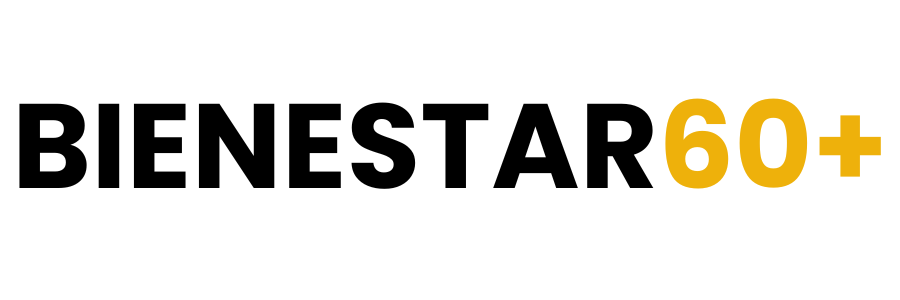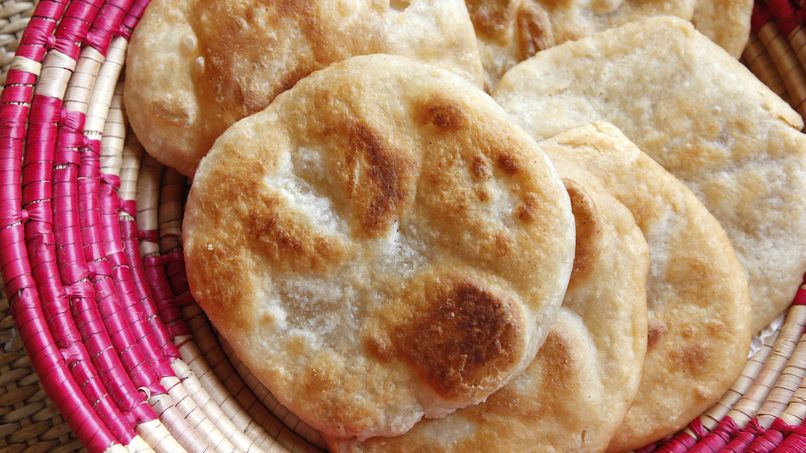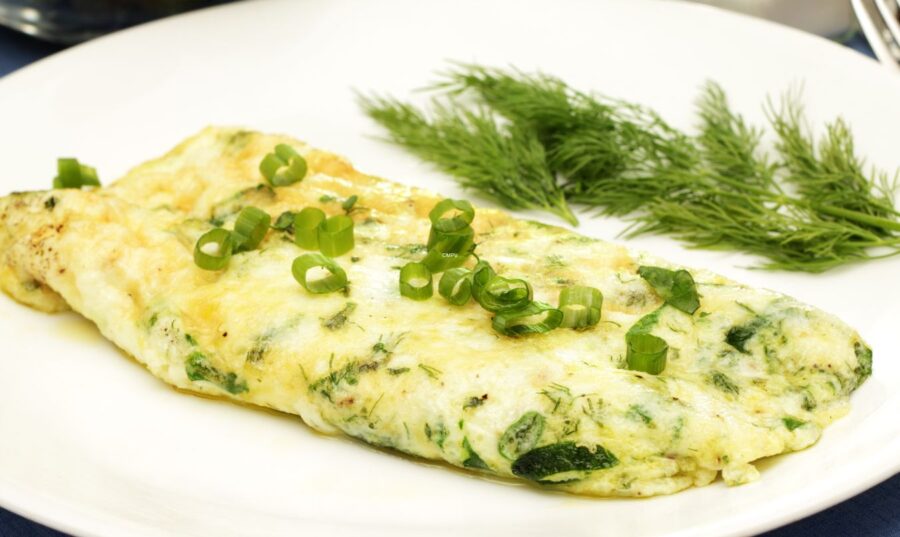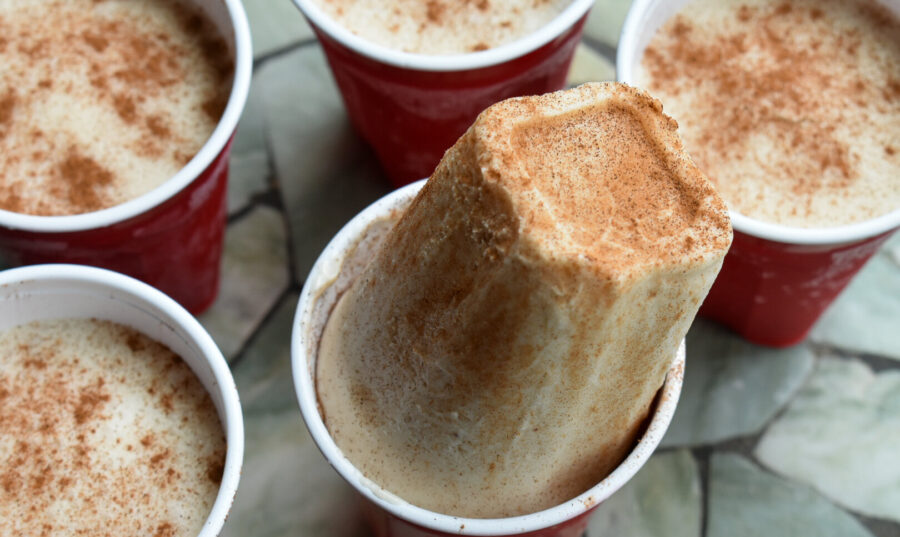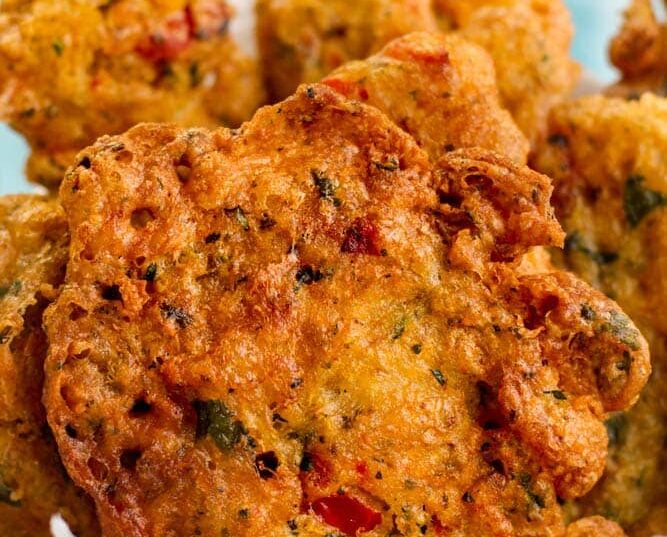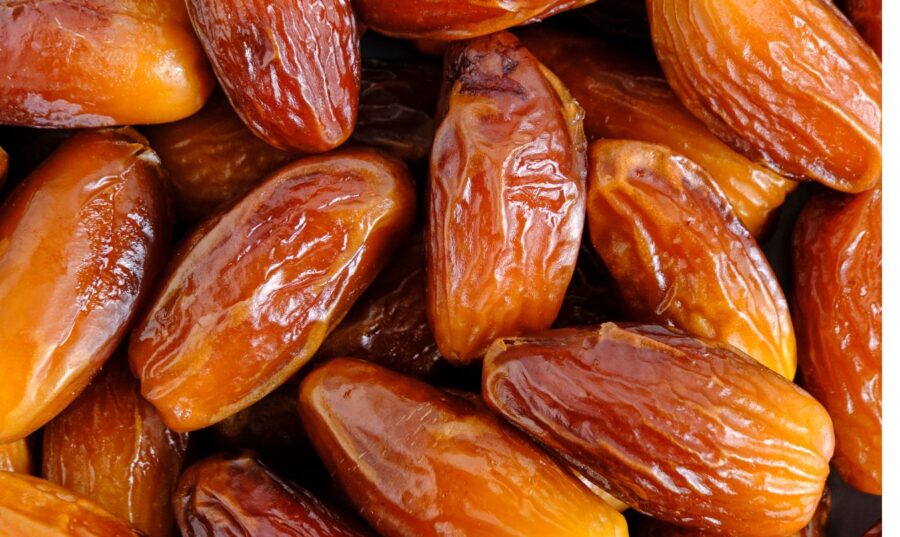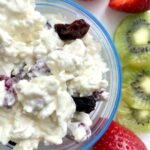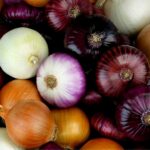|
Getting your Trinity Audio player ready...
|
The concept of pressure cooking has been around for over 350 years. The first known pressure cooker was invented by French physicist Denis Papin in 1679. However, pressure cooking became popular during World War II, when people realized how much fuel could be saved with pressure cookers. The pressure cooker is a piece of kitchen equipment that in the 1940s evoked images of boiling food and ingredients flying to the ceiling. Those scary days are gone with modern versions.
This equipment is typically a pot with a lid and a tight latch. Once the liquid inside begins to boil, steam is produced which in turn creates pressure. The pressure increases the boiling point of water from 212⁰ to 250⁰ Fahrenheit. Due to this high temperature, food is cooked in a third of the time than in conventional equipment. Cooking in an airtight environment allows nutrients, nutritional substances, flavors and aromas to be trapped within the ingredients.
Benefits of cooking in the pressure cooker
- You will better manage the time you will spend in the kitchen. Most models cook 70% faster than conventional equipment.
- You will reduce the costs of eating away from home.
- You will save water because you will use less, since almost all the steam stays inside.
- You will save up to 70% of energy, as it helps take advantage of waste heat.
- You will consume tastier and juicier foods as it concentrates the flavors more. The airtight design allows flavors to develop faster and concentrate. Pressure cooking allows hard proteins and intramuscular fats to break down quickly, resulting in tender, boneless meat. Additionally, pressure-cooked legumes are firm but soft and do not need to be soaked before cooking.
- Many vegetables maintain their texture, shape and color. Cooking in open equipment (even those with lids) exposes food to oxygen, which can cause dull colors and decreased flavor. Pressure cooking saturates foods with steam, allowing for brilliant color retention.
- You will eliminate dangerous microorganisms. Also, you will neutralize several natural toxins such as phytohemagglutinin, a lectin found in various legumes. Additionally, you will reduce aflatoxins, a mold-based mycotoxin that can occur when rice, wheat, corn, and legumes are improperly exposed to moisture, to safe levels.
- You will cook food consistently and evenly regardless of the volume you cook.
- You will find it easy to clean and safe to use.
Nutritional benefits. The pressure cooker is an incredibly nutritious cooking method. Because of its airtight safety lid, nutrients are trapped in the liquids inside the pot. It turns liquid into a nutritional source, which would otherwise be lost in many conventional equipment. This pot preserves more than 85% of vitamins, minerals and phytochemicals in food.
This team does not produce carcinogenic compounds, when we compare it to quick and high-temperature cooking techniques such as grilling. Also, by considerably reducing the cooking time of food, you will have Less limitations to cook nutritious food at home in a short time. This way You will increase your consumption of a variety of foods and recipes.
recommendations
- The 6-quart size is more versatile since you can fill it two-thirds full with small recipes.
- It is important to read the instruction manual before using it.
- You must follow the manufacturer's specifications for cleaning and maintenance. As a personal detail, my pressure cooker is 6 quarts and made of 18/10 stainless steel. I use it about 3 times a week, for more than 15 years and it is like new.
